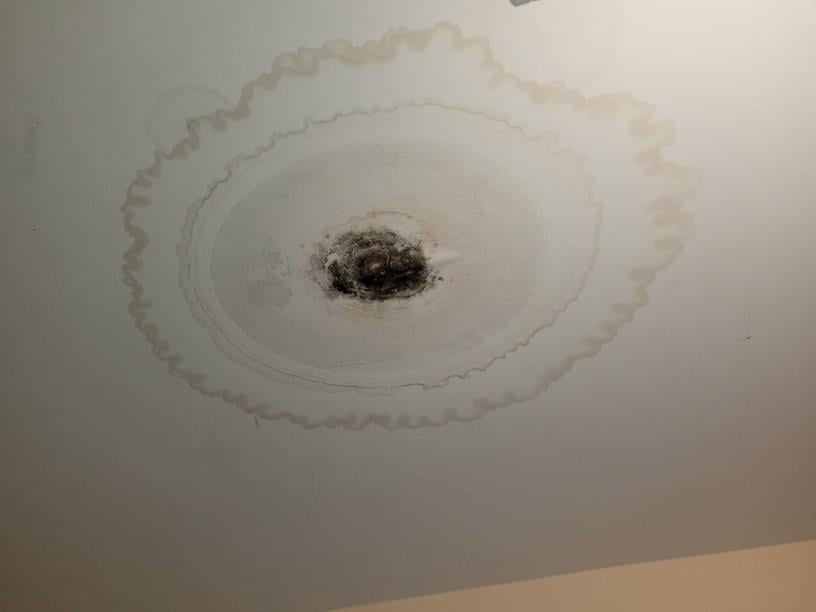How to Locate as well as Repair Water Leaks-- A Comprehensive Overview
How to Locate as well as Repair Water Leaks-- A Comprehensive Overview
Blog Article
The content following next relating to Hacks to detect leaks is pretty much attention-grabbing. You should take a look.

The minute you discover a leak, calling your plumber for fixings is the very best solution. Nonetheless, some tiny water leakages may not show up. Below are some hacks that assist if you can not detect it with your nude eyes.
Early detection of dripping water lines can mitigate a prospective disaster. Besides saving you cash, it will minimize the irritation and aggravation.
Check Water Intake
If you detect abrupt changes, in spite of your consumption being the same, it indicates that you have leaks in your plumbing system. An abrupt spike in your expense indicates a fast-moving leak.
Meanwhile, a steady boost each month, even with the very same behaviors, shows you have a sluggish leak that's additionally slowly escalating. Call a plumber to extensively examine your home, specifically if you really feel a warm location on your flooring with piping underneath.
Check and Examine the Circumstance
Homeowners need to make it a habit to inspect under the sink counters and also even inside cupboards for any type of bad odor or mold and mildew growth. These 2 warnings show a leakage so punctual focus is required. Doing routine evaluations, even bi-annually, can save you from a major trouble.
Check Out the Water Meter
Checking it is a proven way that aids you find leakages. If it moves, that shows a fast-moving leakage. This means you might have a slow leakage that might even be below ground.
Asses Exterior Lines
Don't fail to remember to check your outside water lines as well. Should water permeate out of the link, you have a loose rubber gasket. One small leak can squander lots of water and also surge your water bill.
Do a Food Coloring Examination
When it comes to water consumption, 30% comes from toilets. If the color in some way infiltrates your bowl throughout that time without flushing, there's a leakage between the storage tank as well as bowl.
Inspect for stainings as well as weakening as most home appliances as well as pipes have a life expectancy. If you believe dripping water lines in your plumbing system, don't wait for it to rise.
The minute you discover a leak, calling your plumber for fixings is the ideal service. Some small water leakages may not be noticeable. Examining it is a guaranteed way that helps you find leakages. One little leakage can waste tons of water and also spike your water costs.
If you presume leaking water lines in your plumbing system, do not wait for it to intensify.
How to Know If Your Home Has a Hidden Leak
Water Meter Reveals Inexplicable Water Usage
If you’d like to test whether or not there’s a leak somewhere in your home, you can do this using your water meter. Here is how to conduct the test:
Don’t use any water in your home for at least 30 minutes; this also means not turning on faucets or water-using appliances.
Go outside, and check your water meter for activity.
If your water meter shows that there was activity, even though no one was using any water, this proves that there is a leak in your home.Visible Mold or Mildew Growth
Leaks behind walls create moist, dark environments that allow mold and mildew to grow and thrive. Eventually, you might see mold growth forming on the wall closest to a hidden leak.
If mold is growing in an area that receives a high amount of moisture, such as a bathroom, it may simply be an indication that better ventilation is needed. However, if you see mold growth on a wall or the ceiling in an area where you would not expect, you probably have a hidden leak.
Musty, Mildew Odor
Sometimes you might not be able to see the mold or mildew that is growing as a result of a leak. However, the smell can give the problem away just as easily. If you catch a whiff of something musty, there’s a good chance that old water is collecting somewhere in your home that you can’t see.
Stained/Warped Walls, Ceilings, or Floors
When your home soaks up water, a variety of red flags can become visible, including ceiling stains, bubbling drywall, warped walls, and sagging floors. While these issues can be caused by excess humidity, they can also be signs that a pipe or plumbing connection has started leaking behind your walls.
Inexplicably High Water Bill
After a while, you get a general sense for what your water bill should be. If you own a pool or sprinkler system, your bill will tend to be higher during summer. However, if you receive a water bill that seems especially high, and you can’t figure out what caused it, then you may have a hidden leak somewhere that’s increasing your bill.
https://www.plumbingjoint.com/blog/2019/july/how-to-know-if-your-home-has-a-hidden-leak/

I am very serious about Leaking water lines and I really hope you enjoyed our blog post. Are you aware of someone else who is curious about the niche? Take a moment to promote it. Thanks so much for your time invested reading it.
Report this page